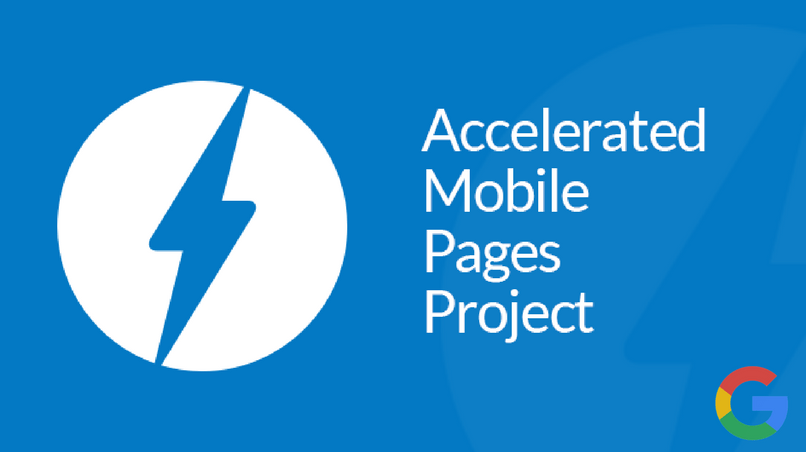
What Is Google AMP?
Google AMP or accelerated mobile pages, was released in late 2015 to help companies better optimize their web page content for mobile devices. AMP essentially reformats web pages once clicked in search results and delivers the page in a Google search preview window on mobile devices, removing most of the extra “noise” (heavy CSS, scripts, navigation elements, images, other formatting outside of essential content) that slows down web page load time.

AMP Controversy
It appears Google’s intention was to provide web developers with better tools to optimize their website on mobile search results. While this approach brought much promise for search engine marketers and web developers, it’s still a major point of contention in the digital marketing industry. Some marketers and SEO folks feel Google AMP removes many of the secondary calls-to-action and keeps the visitor locked into Google’s search universe without clicking through to the website. This can impact everything from email signups to on-site advertising.
After researching AMP, we decided to give it a try on a few blogs where it made sense to see what happened.
AMP Case Study
AMP was launched in late 2017 on a client blog and resource pages. Their blog was growing but wasn’t driving lots of business or high click volume relative to other parts of the website. This experiment was seen as low risk and high reward. The thought at the time was to take advantage of any mobile ranking boost, lower bounce rates, and higher click through rates we would receive from having faster pages. We couldn’t isolate the platform from other activities but here’s what we found.
- Average position in Google Search Console seemed to improve for AMP vs. non-AMP blog pages from 2017 to 2018
- AMP pages increased to roughly 70% of all page clicks in Google Search Console by 2018
- Very little difference in click through rates, which was surprising
Our recommendation is to test this out for yourself on a smaller group of pages to see how they perform. If you’re a B2B website with light content, this may not be the best fit. If you’re a B2C website with lots of blog or resource content, AMP may be a great way to reach a wider audience on mobile devices.
Download & Share
Click here to download and read the full case study. We hope you enjoyed this short study and please share on Twitter, Facebook, or Linkedin.
More Resources
- How to preview AMP pages on Mac/Windows
- Google AMP Project
- Google AMP Plugin For WordPress
- PPC and AMP
